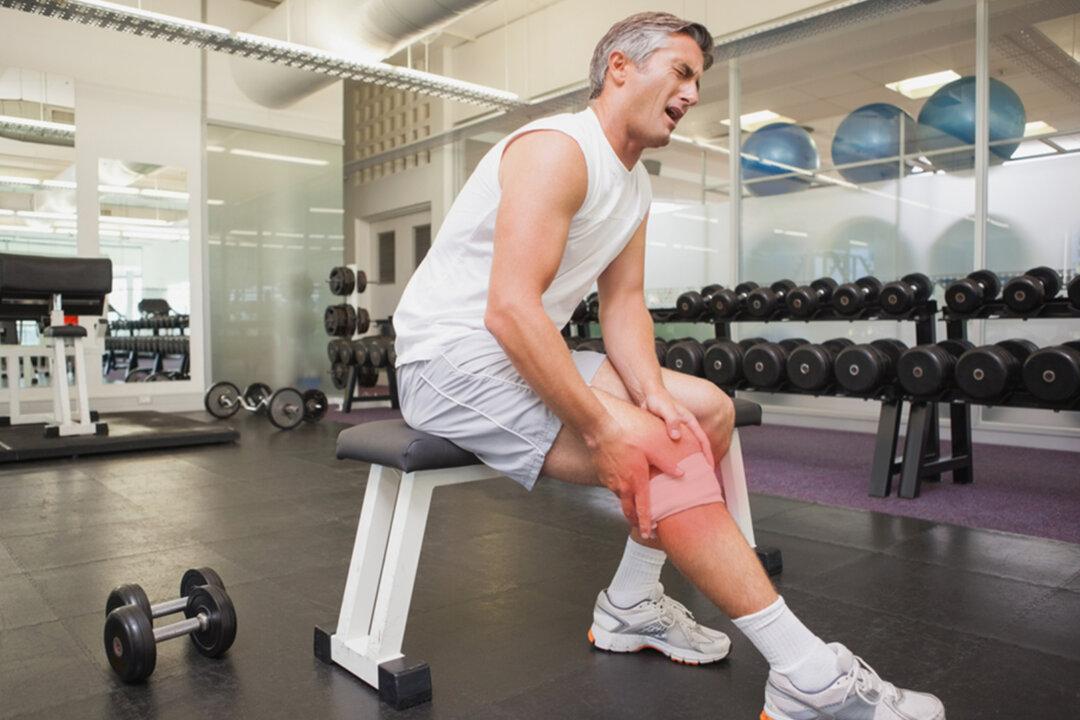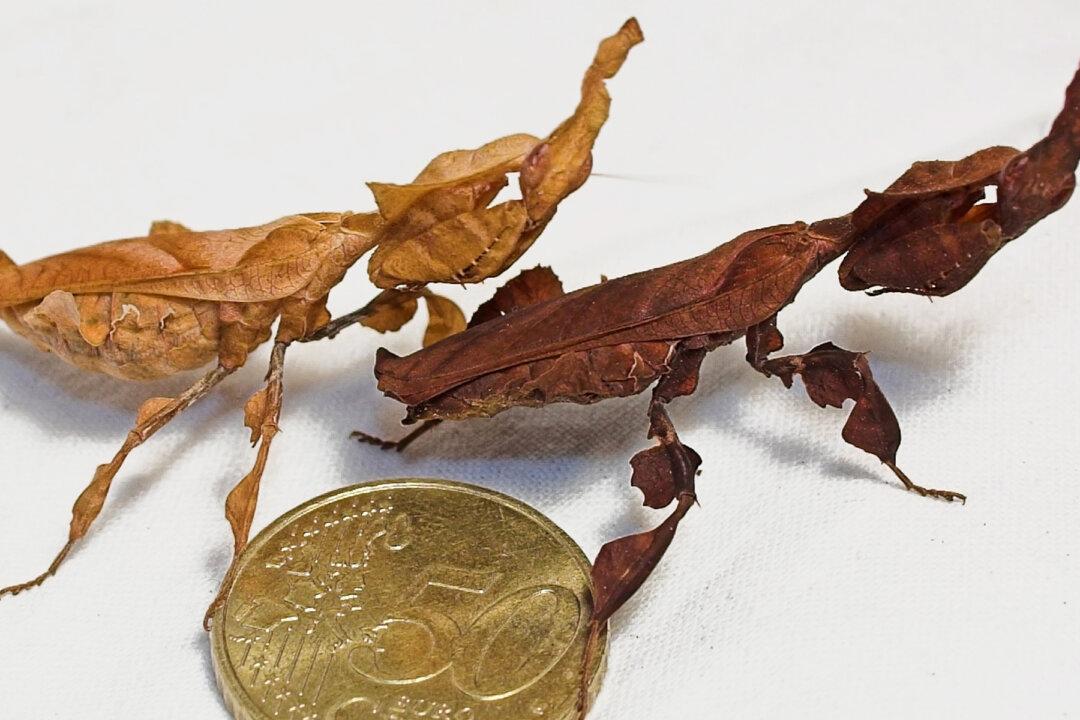While flying has become a normal part of most people’s lives around the world, what passengers experience in the skies is very different from the perspective of pilots and flight attendants.
When a Reddit thread with the question for crew members “what are the secrets passengers don’t know?” was posted, the responses revealed a great deal about the hidden life of airplanes and the people that get their passengers from one place to another.





